Village house design has its own charm, blending tradition with functionality. In this article, we delve into creative ideas for designing normal village houses, exploring both traditional and modern approaches.
Understanding Normal Village Houses
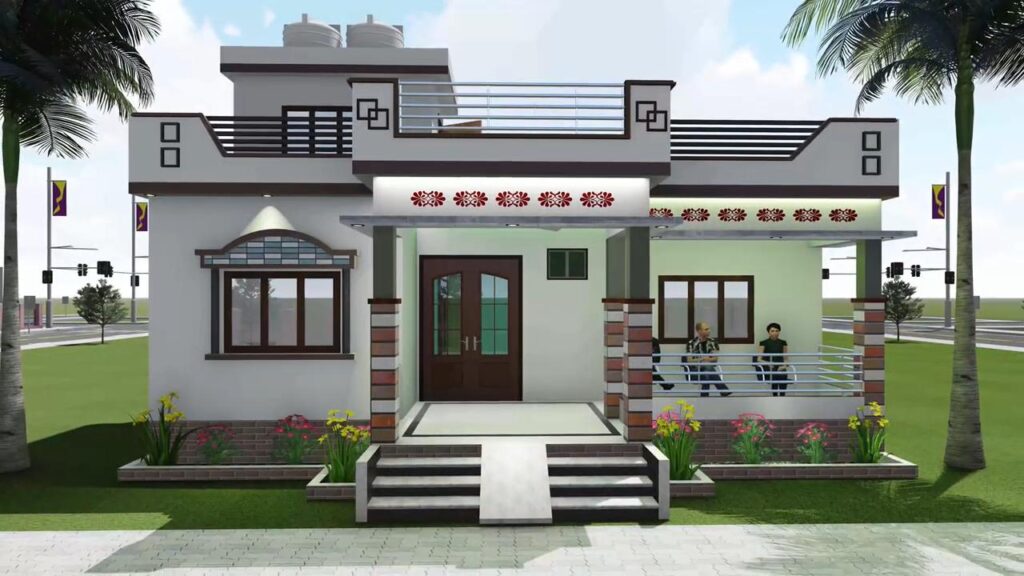
Normal village houses are typically modest dwellings found in rural areas, reflecting the lifestyle, culture, and environment of the community.
Factors Influencing Village House Designs
Location and Climate

Village house designs often vary based on geographical location and climate conditions. For instance, houses in coastal villages may be designed to withstand harsh winds and saltwater exposure.
Cultural Influences
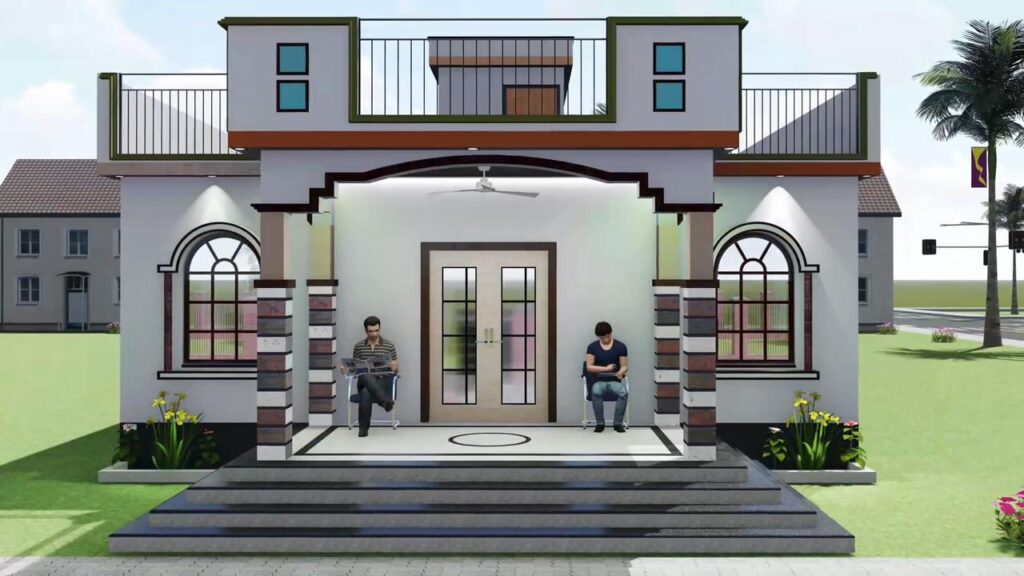
Culture plays a significant role in shaping village house designs. Architectural styles, building materials, and decorative elements are often influenced by local traditions and customs.
Available Resources
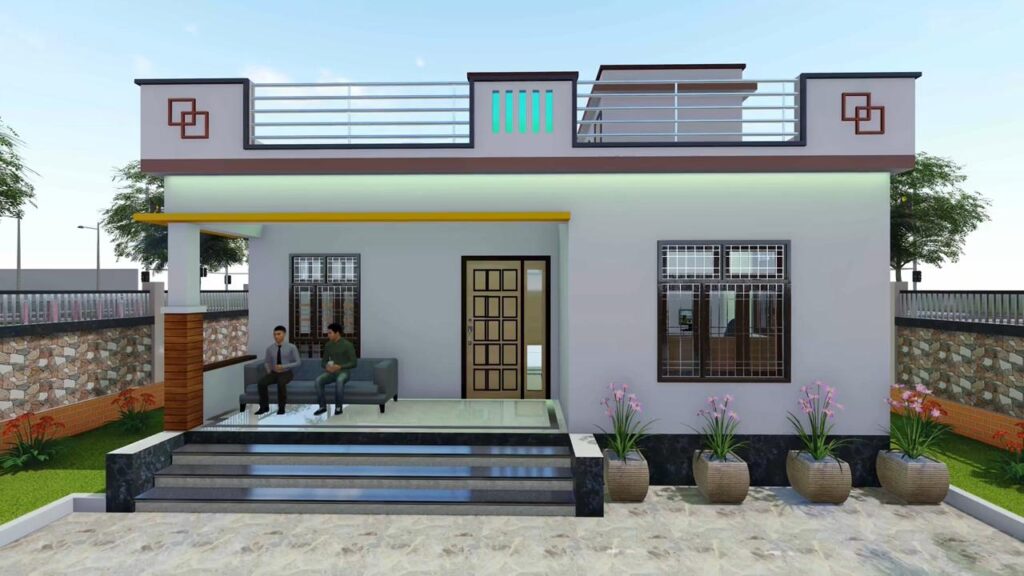
The availability of resources such as timber, stone, or bamboo greatly influences village house designs. Sustainable practices are increasingly incorporated to minimize environmental impact.
Traditional vs. Modern Designs
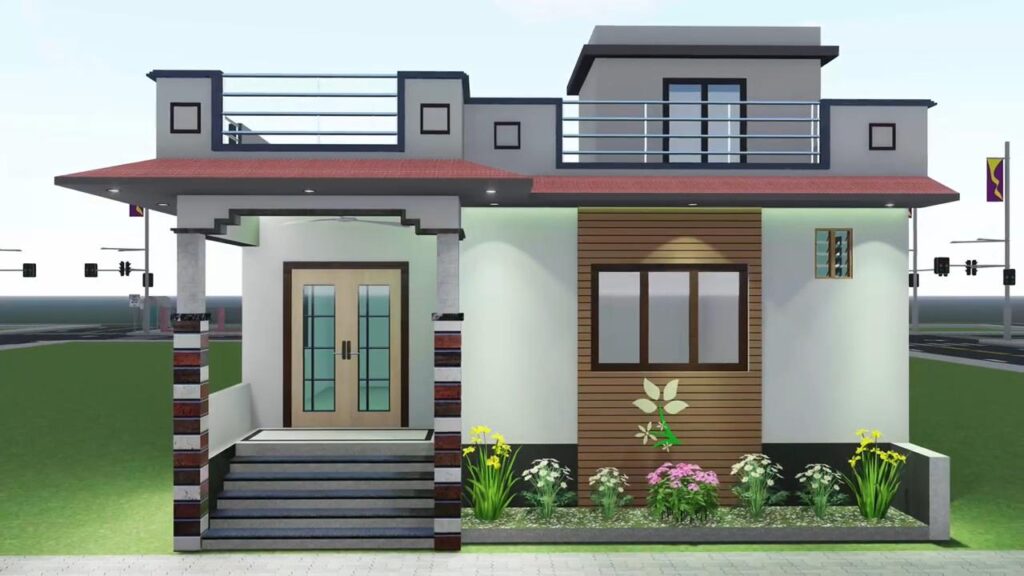
While traditional village houses emphasize heritage and cultural significance, modern designs integrate contemporary elements for enhanced comfort and efficiency.
Key Elements of Village House Design
Materials
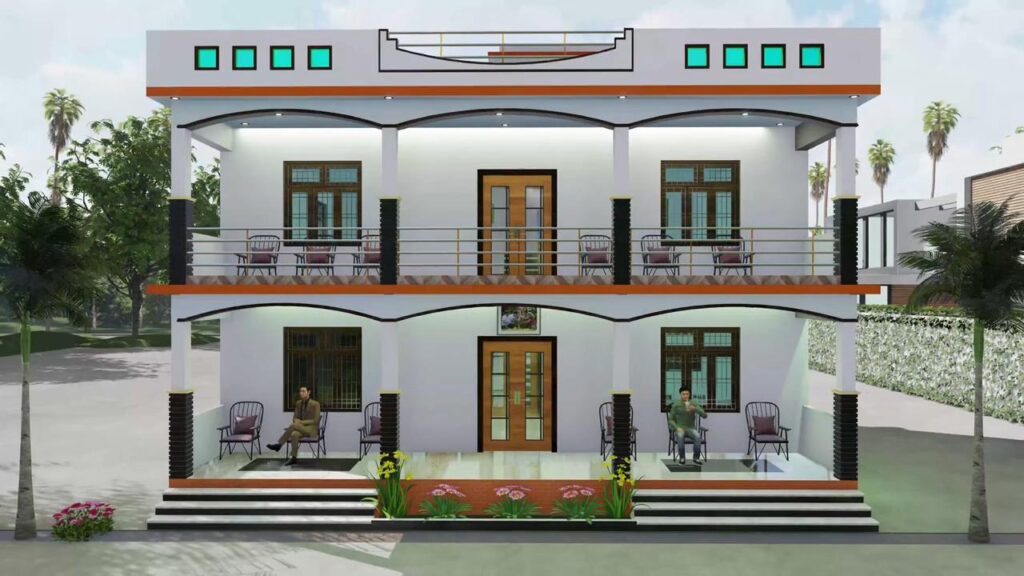
Traditional village houses often use locally sourced materials like clay, wood, or thatch. Modern designs may incorporate eco-friendly materials such as recycled wood or sustainable insulation.
Layout and Space Utilization

Efficient space utilization is crucial in village house design. Open floor plans, multi-purpose rooms, and compact storage solutions maximize usable space while maintaining simplicity.
Sustainability Features
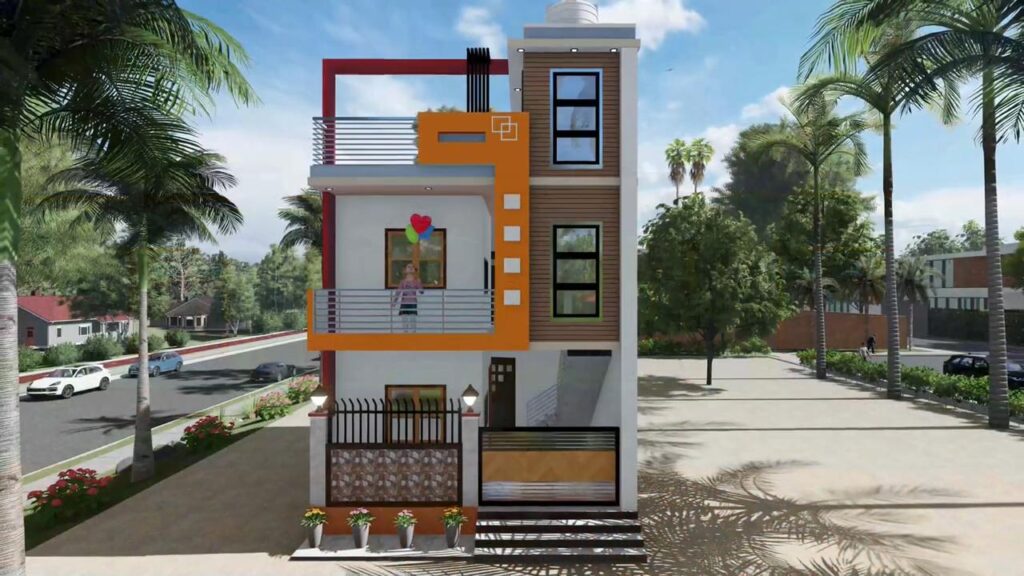
Incorporating sustainable features like rainwater harvesting, passive solar design, and natural ventilation enhances the eco-friendliness of village house designs.
Incorporating Nature into Design
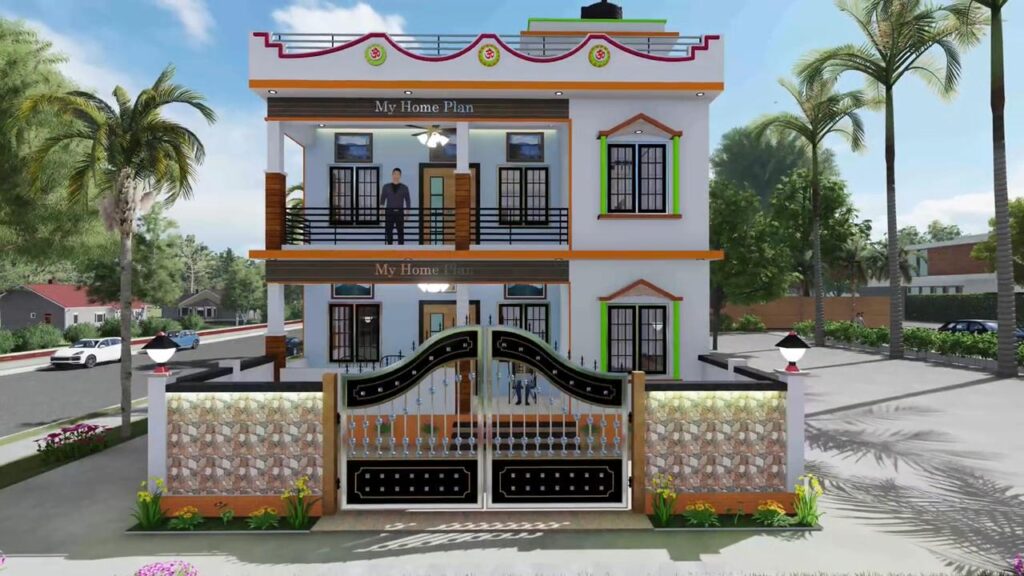
Blending indoor and outdoor spaces seamlessly connects village houses with their natural surroundings. Courtyards, verandas, and rooftop gardens provide residents with a closer connection to nature.
Examples of Innovative Village House Designs

Innovative architects and designers worldwide are reimagining village house design with creativity and ingenuity. From modular structures to earthbag construction, the possibilities are endless.
Budget-Friendly Design Tips
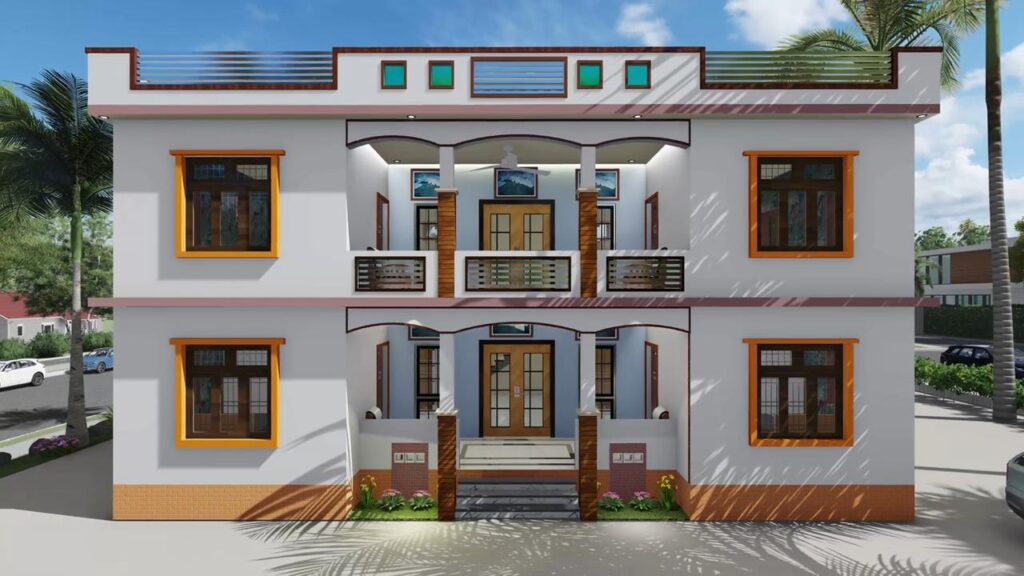
Simple yet effective design strategies can help create beautiful village houses on a tight budget. Repurposing materials, embracing minimalist aesthetics, and DIY construction techniques can significantly reduce costs.
Community Engagement in Design
In many rural communities, village house design is a collaborative effort involving residents, architects, and local authorities. Participatory design processes ensure that houses meet the needs and aspirations of the community.
Challenges and Solutions
Despite their simplicity, village house designs face challenges such as limited access to modern amenities and infrastructure. Innovative solutions like off-grid technologies and community-led initiatives address these challenges sustainably.
Future Trends in Village House Design
The future of village house design lies in embracing sustainable practices, harnessing technology for efficiency, and preserving cultural heritage. Adaptive reuse, tiny house movements, and digital fabrication are likely to shape future trends.
Conclusion
Designing normal village houses is not just about creating shelter; it’s about preserving traditions, fostering community resilience, and embracing sustainable living practices. By combining traditional wisdom with modern innovations, we can create homes that are both functional and inspiring.
Also Read:

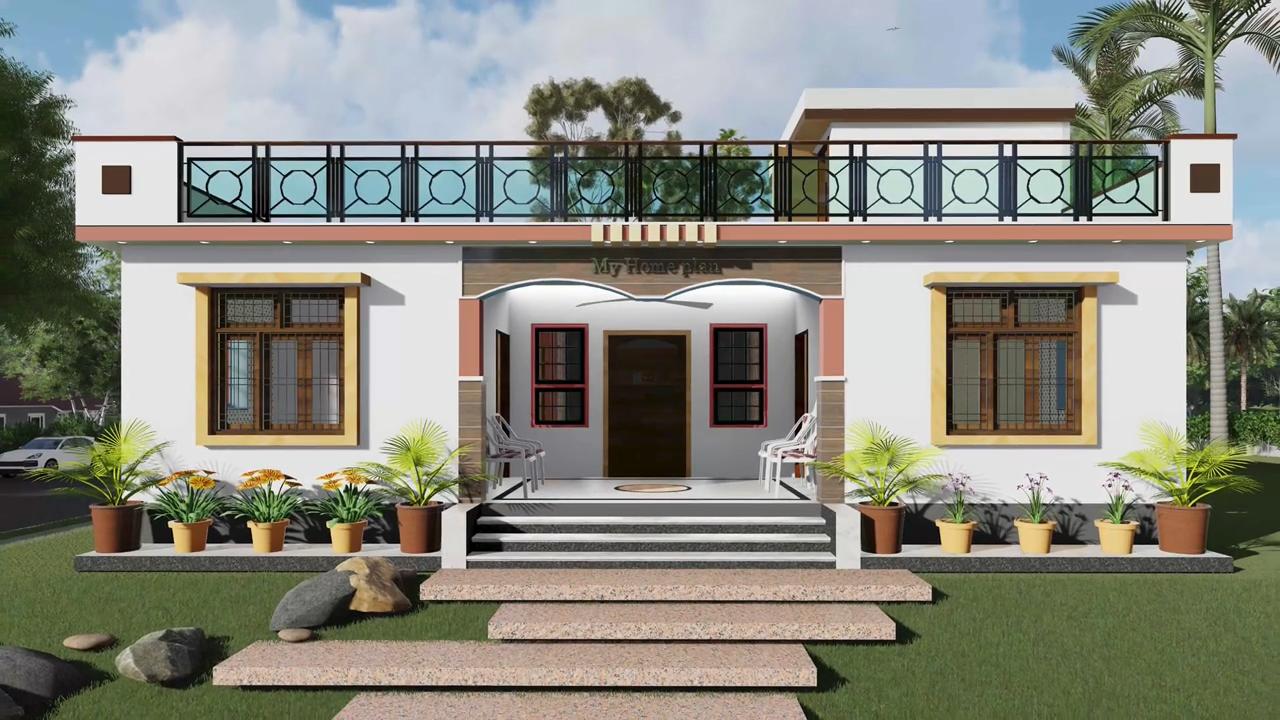


Pingback: Stunning Floor Tile Designs to Transform Your Home - Dream House Listing